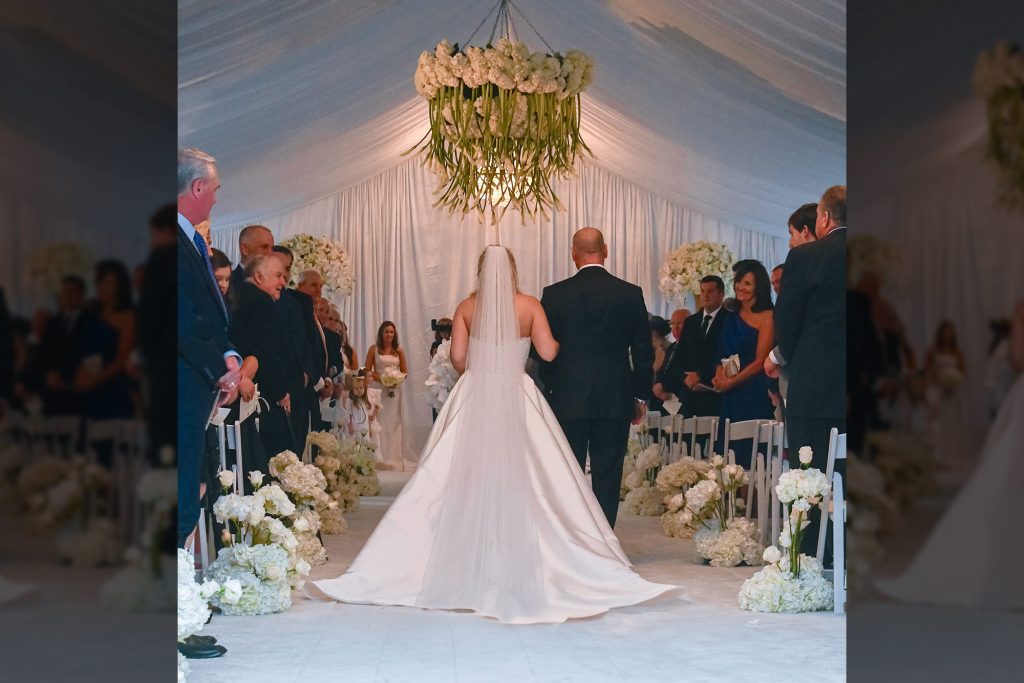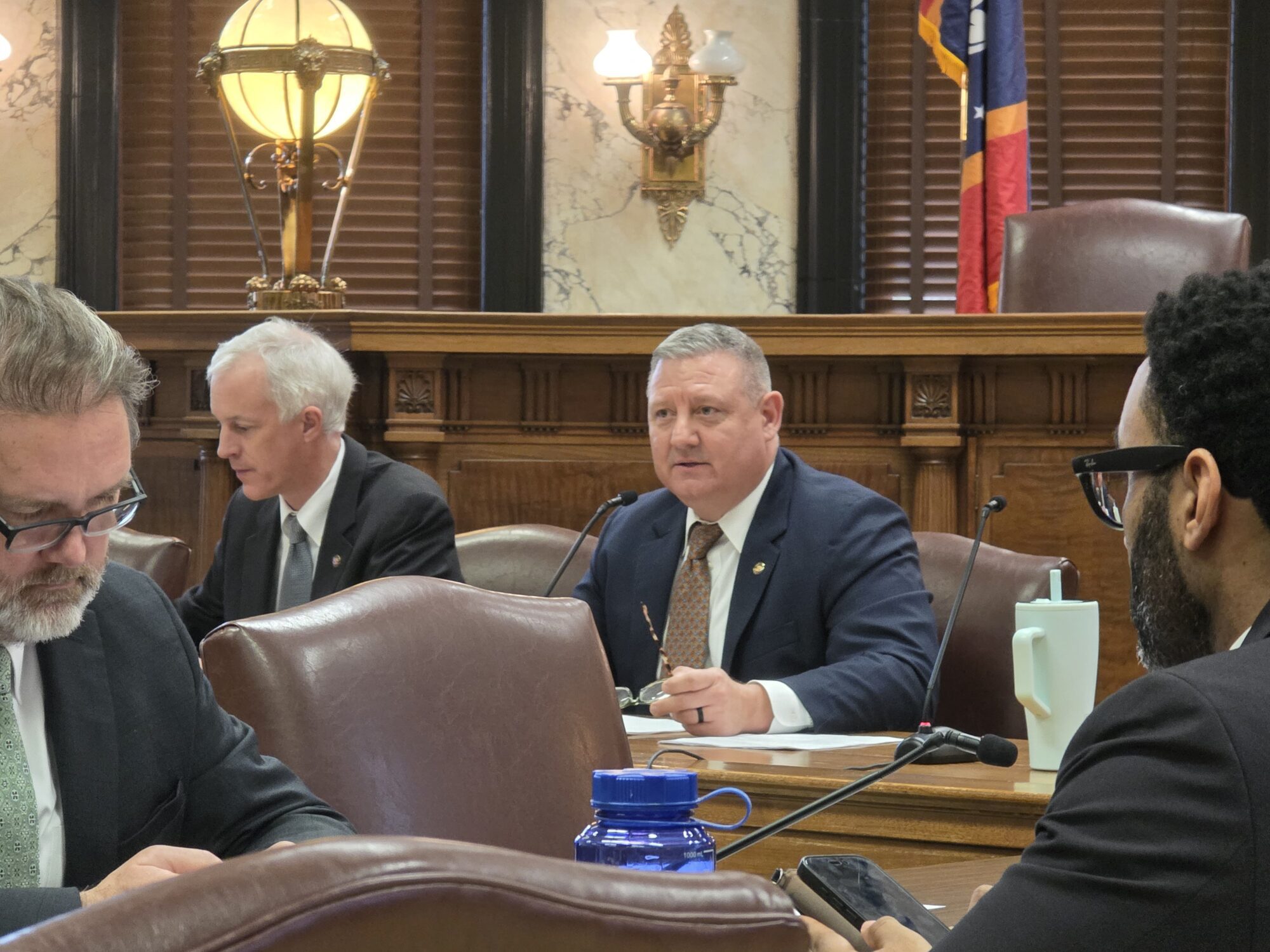
Holly Springs Marker
- Historic Magnolia State city melds past with present as the state’s “best kept secret.”
Holly Springs, Mississippi, is located 30 miles Southeast of Memphis. The self-proclaimed “Mississippi’s Best Kept Secret” drips with historical landmarks, from homes to museums to blues markers. Nature, history, the arts, and culture are all celebrated in Holly Springs, but the city still maintains the small-town feel with a population of less than 7,000.
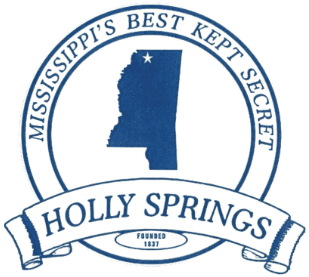
Historic homes and landmarks abound in Holly Springs. The city has 175 historic homes and several more landmarks that memorialize significant moments of the Civil War era.
The historic Rust College in Holly Springs has been serving as an HBCU since it was first established by the Freedman’s Aid Society of the Methodist Episcopal Church.
To call Holly Springs a historic city is an understatement.
The History of Holly Springs
Before it was Holly Springs, the territory was home to Chickasaw natives. They named the area Suavatooky, which meant “watering hole.”
European-Americans settled in the area in 1836 following the Indian Removal Act. Within a year, Holly Springs was incorporated as a city and named the county seat of Marshall County. For a while, the city operated as a trading post for nearby cotton plantations.
As more people moved into Holly Springs, it didn’t take long for them to realize the fertility of the soil. White settlers soon became very wealthy, using cotton as a cash crop off the backs of enslaved people. By 1855, the Mississippi Railroad connected Holly Springs to Grand Junction, Tennessee, further expanding the wealth generated by the cotton industry in the city. Then, another railroad, the Kansas City, Memphis & Birmingham Railroad, was incorporated in 1886 and intersected the Mississippi Railroad, bringing more business to the plantations around Holly Springs.
As the Civil War raged from April 1861 to April 1865, Union General Ulysses S. Grant deemed Holly Springs a headquarters and supply source for his army. In December 1862, the Confederates burned the Union supplies, and in turn, the Union Army torched most of Holly Springs to the ground.
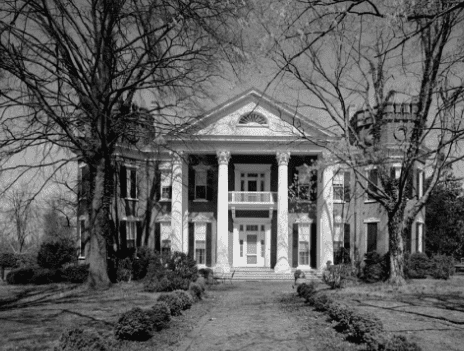
It took almost two decades for Holly Springs to rebuild following the massive burning of the city. But in 1878, another tragedy struck. Yellow Fever gripped Holly Springs and killed over 2,000 of the residents. The courthouse, which still stands today, was a hospital during the Yellow Fever outbreak.
Despite this, Holly Springs bounced back and is now a hotbed of historical preservation, connecting the past to the present.
The courthouse has served as a beacon of survival in the city. It was a place of business before the Civil War and a place of healing during the Yellow Fever epidemic.
The Terrace, located in Downtown Holly Springs, is a pioneer cottage dating back to 1844 and is said to be the birthplace of Holly Springs’ first baby.
Rust College is an HBCU located in Holly Springs. It has provided a premier education for black Americans since its beginnings in 1866. Today, the college offers associate and bachelor’s degree programs in education, business administration, mass communication, social science, biology, mathematics, computer science, and more.
The Heritage of Holly Springs
Holly Springs was a prime location during the Civil War and the Civil Rights Movement. This inviolable connection to two of the most significant events in both national and state history is widely celebrated throughout the city. Many spots in the town highlight the heritage of Holly Springs.
The city of Holly Springs was so vital during the Civil War that General Ulysses S. Grant needed a home there for him and his family. Colonel Harvey Washington Walker offered the Walker Place, which still stands today on Chulahoma Avenue. The ultimate hero story took place here as well when the Confederate Army came looking for Julia Grant (the wife of Ulysses Grant), Ms. Pugh Govan, the estate keeper, warded off the troops. Instead, they made away with horses and carriages, but Julia was saved. Even still, with 13 Confederate generals in Holly Springs alone, the Confederates held back the Union, and Major General Earl Van Dorn led a devastating blow to the Union Army in the Great Raid of December 1862. The gothic-meets-greek revival home was built in 1858 and now serves as a tour home and wedding venue.
The Marshall County Historical Museum is located in Holly Springs. It is an eclectic collection of about anything related to Marshall County and Holly Springs. The three-story museum holds everything from Civil War memorabilia to Victorian children’s books to flapper dresses from the 20s.
However, Holly Springs is more than its Civil War ties; the city also has massive connections to the Civil Rights Movement.
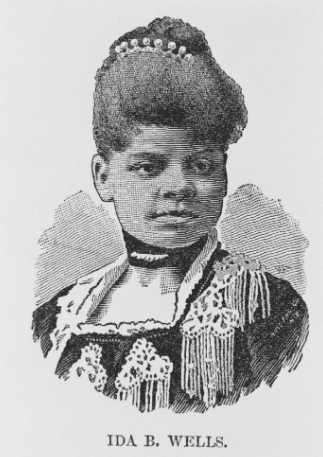
Ida B. Wells-Barnett, easily one of the most prolific women of the Civil Rights Movement, is regarded internationally as a “crusader for justice.” She was orphaned at the age of 16 when the Yellow Fever epidemic hit Holly Springs and killed both of her parents. She traveled the country, shining a light on the oppression of black people and women of all races. She studied at Rust College (then it was Shaw College) and became a journalist, a speaker, a writer, and a researcher. She was a Christian woman and signed the initial call to start the NAACP. During that time, she still called Holly Springs home. The Ida B. Wells-Barnett Museum and Cultural Center of African American History is in the Spires Boling House. Wells-Barnett was born there, and her parents were enslaved people on the property.
H.R. Revels, the first black senator elected to U.S. Congress, is buried in Holly Springs. He had served in the political realm in Natchez during the Reconstruction Era and had settled in Holly Springs, preaching and teaching at Shaw College.
The arts abound in Holly Springs.
While the history and heritage of Holly Springs are often in the spotlight, there’s plenty in the city for the here and now.
The arts, literature, and nature are widely honored and celebrated in Holly Springs. If the weather permits, the FoxFire Ranch offers live music each Sunday afternoon in the spring and summer, mainly hill country blues, a blues style that started in the northern hill country of Mississippi.
A Mississippi Blues Trail Marker stands tall in Holly Springs, honoring the hill country blues greats such as Junior Kimbrough, Syl and Jimmy Johnson, Big Daddy Kinsey, and more.
The Kate Freeman Clark Art Gallery showcases the renowned artist’s life stories through art.
The Montrose Arboretum, located at the Montrose Home (built-in 1858), is run by the Holly Springs Garden Club. This Greek-Revival style home has over 50 species of trees native to Mississippi.
Several events throughout the year bring people together in Holly Springs. Christmas home tours, the Annual Pilgrimage in April, and the Kudzu Festival are just a few of the events that have become deeply engrained in Holly Springs’ traditions.
Truly, Holly Springs lives up to its name as “Mississippi’s Best Kept Secret.” Go to VisitHollySprings.com to plan your next trip.
